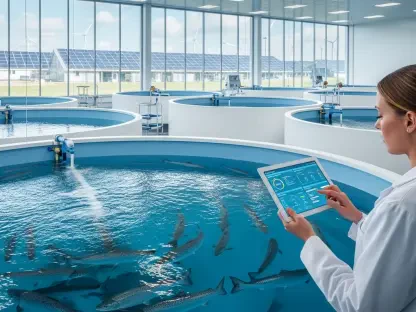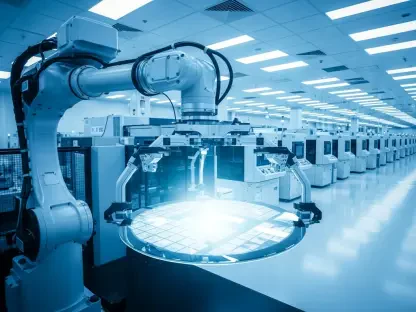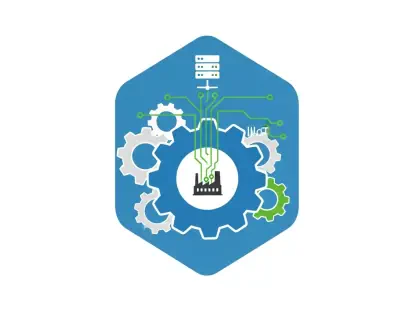Continuous improvement, a cornerstone in the manufacturing sector, centers on the Japanese business philosophy known as Kaizen and seeks to incrementally enhance products, services, and operations. By aiming for better quality, efficiency, and value delivery, it plays a pivotal role in achieving long-term success.
Approaches to Continuous Improvement
In the realm of manufacturing, continuous improvement methodologies such as Six Sigma, Lean Manufacturing, Total Quality Management, Business Process Management, 5 Whys Analysis, and PDCA stand out. Each methodology caters to specific operational improvements that a business might seek. Through a systematic, iterative process, these methodologies target gradual enhancements that cumulatively lead to substantial benefits.
Building a Culture of Improvement
A key element for successful continuous improvement is cultivating a culture where every employee is actively engaged. Creating an environment that encourages idea sharing, problem identification, process reviews, and regular updates is essential. This holistic involvement leads to cost reductions, innovation, enhanced product quality, increased productivity, employee motivation, and a stronger competitive position. Every layer of the organization needs to contribute to improvements, ensuring a participative culture embeds deep within the company fabric.
Role of ERP Systems in Improvement
Enterprise Resource Planning (ERP) systems significantly contribute to continuous improvement by enhancing business operations. Their effectiveness, however, greatly depends on the users’ knowledge and skills. Continuous and ongoing training for ERP users is paramount. Integrating Learning Management Systems (LMS) – whether built-in or third-party – can standardize and track training across all company processes, ensuring consistent and up-to-date knowledge among employees.
Benefits of Measurable and Incremental Improvements
Measurable improvements, preferably smaller and incremental, have proven more beneficial than large-scale changes. Encouraging small adjustments involving all employees can accumulate into significant advantages. Take, for instance, Miller Weldmaster, a welding machine manufacturer that successfully adopted ERP software. Prior to ERP integration, the company experienced production delays. Post ERP deployment, the firm streamlined operations and eliminated manual data entry, dramatically speeding up production.
Conclusion
Continuous improvement stands as a critical pillar in the manufacturing industry, centering around the Japanese concept of Kaizen. This philosophy emphasizes the importance of making ongoing, incremental improvements in products, services, and operational processes. Rather than seeking abrupt, revolutionary changes, Kaizen focuses on steady enhancements, contributing to better quality, efficiency, and value delivery. This approach not only optimizes current workflows but also fosters a proactive culture of innovation and problem-solving.
In manufacturing, the pursuit of continuous improvement is essential for maintaining competitiveness and achieving long-term success. By involving all employees in identifying areas for enhancement, businesses can implement small yet impactful changes that collectively lead to significant advancements. This might include refining production techniques, innovating product features, or streamlining service delivery.
The principles of Kaizen encourage a mindset where every team member is invested in the continuous betterment of their work environment, leading to more efficient processes and higher-quality outcomes. Ultimately, this dedication to gradual improvement helps businesses remain adaptable and forward-thinking, ensuring they can meet evolving market demands and customer expectations effectively.









